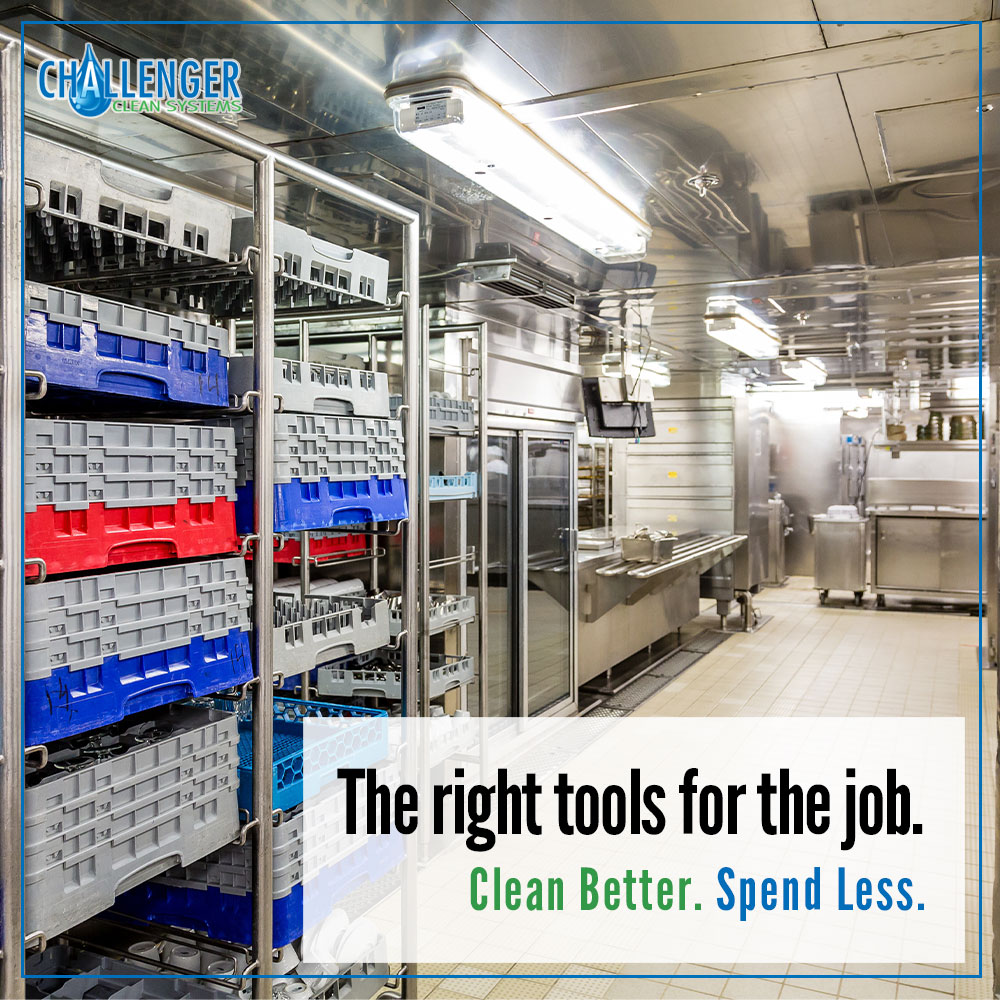The food service industry has been an unsung hero in this most recent era of history. Here’s how we support them.
When everything else has been locked down and restricted, ordering delicious, familiar, comfort food has staved off restless nights for many families.
And even though some of the front-of-house pressure has been reduced with less customers coming through the front-door, many regions are beginning to relax restrictions for the summer. This means more customers and more eyes on your establishment.
Read the reviews on any popular restaurant establishment. Even if a business is sparkling clean 99.997% of the time, whenever there’s a “bad day” concerning cleaning, it leaves a lasting impression! In this article, we’ll emphasize some ways your food service establishment can take sanitation to the next level with practical and obtainable activities.
Proper personal handwashing (sanitation)
- Tip One – The first step in winning a battle is to know what you’re up against. After the last year, we all know the big one. Take some time to research commonly transmitted illnesses; you may become motivated to win the battle.
- Tip Two – You know the technique: lather/scrub for a minimum of 20 seconds (including fingernails, between your fingers), water as hot as you can comfortably handle, thoroughly rinse off the soap, fully dry your hands with something clean (paper or cloth towel, air dryer, etc.).
- Tip Three – You’re much more likely to develop good hygiene (including handwashing) habits if you’ve determined what to do ahead of time. What is your hygiene gameplan at work? At home? Away from both? Win the battle in your mind to win it in your habits.
Proper cleaning and sanitizing food surfaces and utensils
- Tip One – Those in leadership roles, ensure your team doesn’t just know your organization’s sanitary/hygiene standards, but also implement them. In professional kitchens, there’s no room for “good enough.” Either a cooking/prep surface is sanitary, or it is not.
- Tip Two – You need the right tool for the job in the kitchen. Just because something looks clean does not mean it’s sanitary. You can “clean” a cutting board with warm water after handling raw ground beef – that doesn’t mean your customers are safe from E. Coli.
- Tip Three – You may get a mulish spot out with degreaser, but did you leave a chemical residue in its place? Don’t swap out unsanitary messes for clean surfaces that leave a chemical taste in the food. Always wash and rinse according to manufacturer’s directions.
Proper cleaning and sanitizing of food equipment
- Tip One – Most professional kitchens have some form of automatic dishwasher. These are designed to use very hot water (often around 80°C/176°F) to clean and kill bacteria/viruses. They also use precision, time measured cleaning agents. Take advantage of it!
- Tip Two – If your food service establishment doesn’t have an automatic dishwasher or it’s out-of-order, you can use the “three sink method.” Basically, each sink has a different role: 1) detergent solution, 2) fresh, hot water rinse, 3) sanitization immersion.
- Tip Three – Once again, you need the right tool for the job. You can’t use just any chemical for just any job; especially important for manually washing dishes. Looks can be deceiving; if you’re tricked by a foodborne illness, that means trouble for your organization.
Good housekeeping and maintenance
- Tip One – The biggest factor in keeping your food service operation sanitary and “inspection ready” is a thorough, systematic cleaning plan. Research what health inspectors look for, develop a base-level sanitation plan that checks every box as often as appropriate, and build from there.
- Tip Two – Any mechanical equipment your kitchen operates should be inspected at least annually. Take a look at your lease or purchasing agreement – there may be a servicing and maintenance clause in your agreement. Either way, plan to have your equipment serviced before your busy season.
- Tip Three – Determine what areas of cleaning are the most challenging/hated – focus on those in your cleaning plan. Inspect those areas a day or two after they’re checked off the list. Sometimes the jobs we least enjoy fall victim to a “it’s good enough” mindset.
You need the right tools for the job. Challenger Clean Systems has those tools, and we’re ready to help your food service establishment employ them to get the job done right, the first time.
You already know that our restaurant and food service solutions act fast while washing, sanitizing, disinfecting, and degreasing your dishes, kitchen and front-end. Whether you’re a long-time customer of ours, or you’re breaking into the food services industry for the first time, let us give you the cleaning edge you need.
Check out our Food Service Products page for more information on how Challenger Clean Systems can help your establishment shine. Contact us when you’re ready to make an order, or if you have any questions about how we can serve you.

